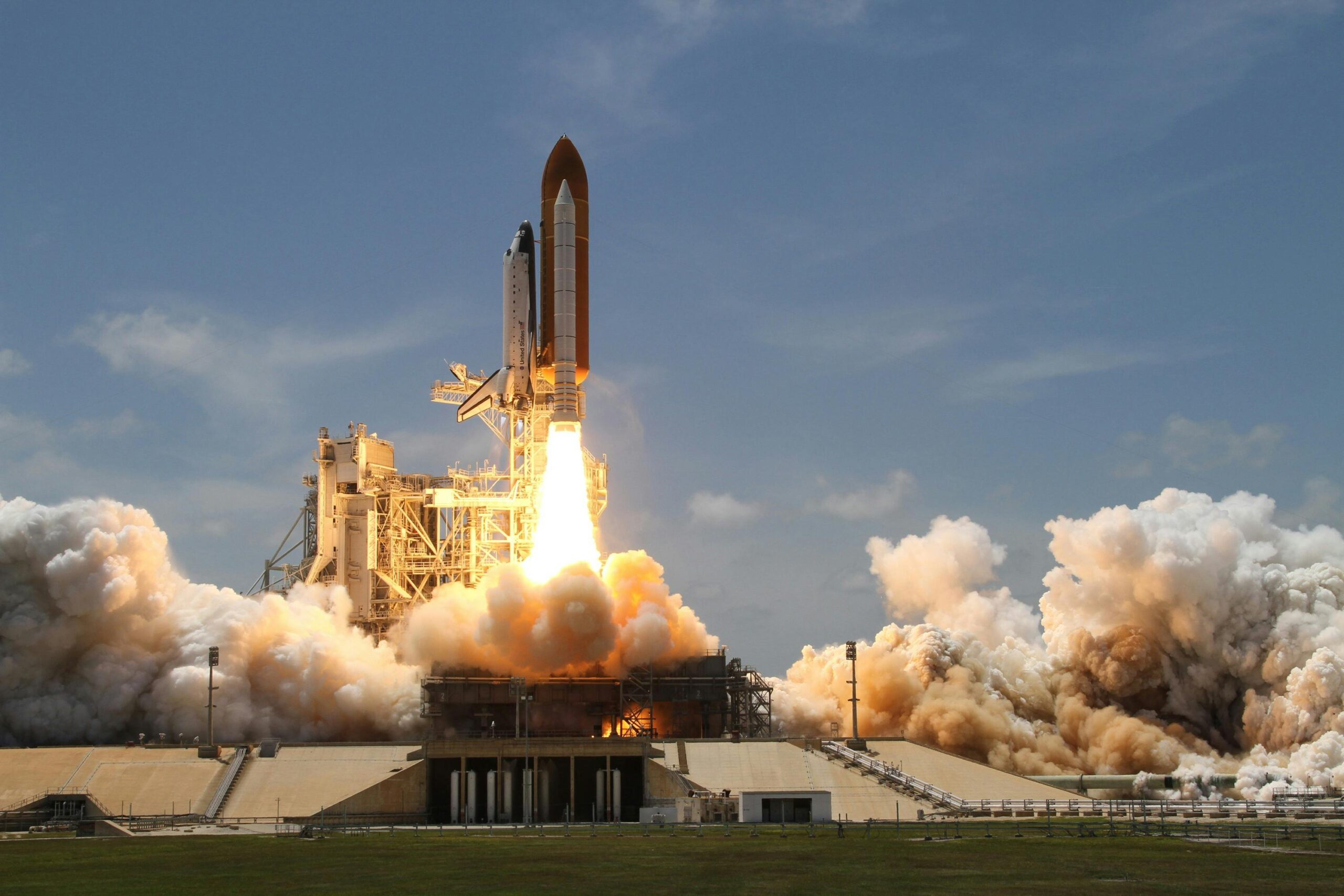As the threat of Russian violence and influence looms menacingly over Europe and aggression continues to escalate in Ukraine, answering how the EU should handle this threat while supporting Ukraine remains obscure. So far, the EU has taken a dual-faceted economic approach, imposing sanctions on Russia and its allies while supporting Ukraine with massive amounts of aid. The EU has provided more than €118 billion to Ukraine since the start of the war. The newest proposal provides exceptional Macro-Financial Assistance (MFA) addressing urgent needs in Ukraine and establishing a Ukraine Loan Cooperation Mechanism offering Ukraine financial support and assistance in repaying the loans provided by its EU and G7 partners.
Macro-Financial Assistance
This loan is the EU’s part of the Extraordinary Revenue Acceleration Loans for Ukraine, a package announced by the G7, in June, providing Ukraine with up to €45 billion in aid. The EU is committing more than €35 billion from its budget in support. The total amount will be distributed in three categories. Approximately 55-60% of this aid will focus on addressing urgent needs including recovery, reconstruction, and self-defence against Russia. About 25% of the aid will be utilised by the Ukraine Facility to support Ukraine’s reconstruction/recovery, economic needs, and EU accession. Lastly, about 15-20% of this aid will be allotted for military support through the European Peace Facility.
To ensure these loans are not economically detrimental to Europe, the EU is leveraging revenues from seized Russian assets to finance them. As part of the sanctions imposed by the EU on Russia following their invasion of Ukraine in 2022, assets of the Central Bank of Russia, valued at approximately €210 billion, have been immobilised and held by financial institutions within the EU. As these assets are the result of implementing restrictive measures, their revenues do not constitute sovereign assets and, therefore, do not have to be made available to the Central Bank of Russia even after immobilisation. The EU has passed measures to use the net profits from these assets, about €4-5 billion per year, for the benefit of Ukraine’s military and reconstruction objectives.
A Ukraine Loan Cooperation Mechanism
A Ukraine Loan Cooperation Mechanism would appear as a non-repayable financial support assisting Ukraine in repaying loans. The mechanism would work by disbursing payments regularly, ensuring Ukraine can cover the principal and interest payments of specific loans to their EU and G7 partners. Operationalising this mechanism will require adjustments to Council Decision (CFSP) 2024/1470 and Annex XLI to Council Regulation (EU) 833/2014 relating to the allocation of the amount paid by central security depositories. Furthermore, the Ukraine Facility’s payment schedule may also require an amendment to improve the uniformity of payment profiles of all EU budget support to Ukraine. Similar to how the EU is planning to provide aid to Ukraine, the repayment of loans would be supported by the profits stemming from Russia’s immobilised assets in the EU, as well as extraordinary revenues from other relevant jurisdictions.
Conclusion
The coming months will be crucial to demonstrating and ensuring the EU and G7’s collective commitments providing expansive and continued financial support. Enabled by the creation of a new mechanism to support Ukraine’s repayment of loans alongside an immense MFA loan, this will require a coordinated international effort and close cooperation among international partners. After the European Parliament’s approval of the loan on 22 October, the loan could be released before the end of 2024.

